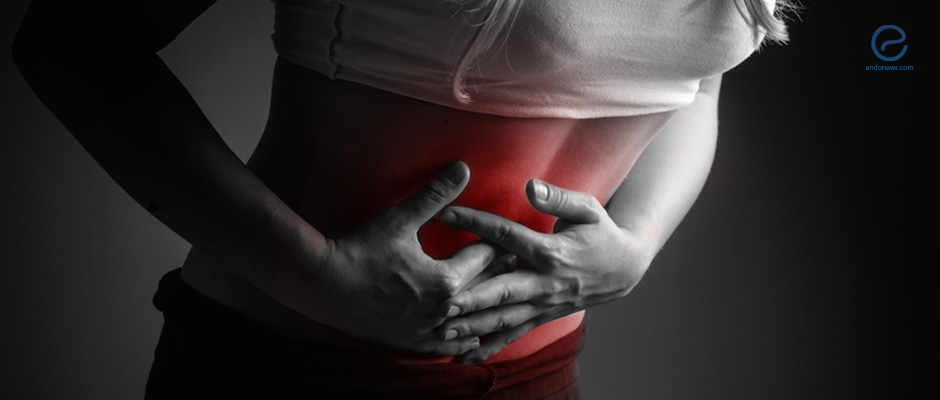The Symptomatic Impact of Endometriosis
Jul 4, 2017
An increase in symptoms and symptom-related pain adversely impacts an individual's health-related quality of life.
Key Points
Highlights:
- This survey-based study looked at the impact endometriosis symptoms have on a woman’s health-related quality of life (HRQL).
- Additionally, the researchers looked to see if age group, the number of symptoms and symptom severity affect HRQL.
Importance:
- This study helps determine which endometriosis symptoms are the most bothersome for individuals with the disease.
- Accordingly, knowing the most bothering symptoms can be the target of later therapies that seek to better the lives of women with endometriosis.
What’s done here?
- Women were recruited to take a two-part survey. The first part of the survey is a prevalence screening. If the participant is between the ages of 18 – 49 and answers affirmative to the question “has a doctor ever told you that you have or are suspected of having endometriosis”, they are given the next part of the survey, which consists of endometriosis specific questions.
- The participants were asked to identify all the endometriosis symptoms they have experienced and rate the severity of the symptoms they experienced in the past month. The participants were also asked how much the symptoms bother them in their daily life.
- Participants were asked to complete the 30-item endometriosis health profile (EHP-30) so that the researchers can assess HQRL. The EHP-30 consists of 5 categories: pain, control/powerlessness, emotional state, social support, and self-image. The higher the EHP-30 scores the worse the individual’s HRQL.
- Statistical analysis was used to make sense of the data collected.
Key results:
- The study consisted of Caucasian females (78%) who were on average about 34.3 years old.
- The most common symptoms experienced were pelvic pain and cramping during menstruation, pain in their lower back, stress/anxiety and weariness/fatigue/anemia.
- Half of the women experienced depression/mood swings, bloating, and heavy bleeding during menstruation.
- Even fewer women stated that they felt dyspareunia and pelvic pain when they were not menstruating.
- EHP-30 results showed that endometriosis symptoms had a moderate impact on HRQL in the social support and control/powerlessness category.
- In general, women with one or more symptoms had a higher EHP-30 score, which means that their HRQL was worse than an individual with no symptoms.
- As symptom numbers and severity increased, the HRQL got worse.
Limitations of the study:
- Although data were collected from 12 countries, this paper only analyzed the data from the United States.
- Due to the survey nature of this study, participants could self-report and their diagnosis may be questionable clinically.
- The survey was only accessible to individuals who had internet access and to individuals older than 18 years of age, thus limiting the study’s demographics.
- This study only looks at symptoms at one point in time and not at the symptomatic period.
Lay Summary
Endometriosis is a painful illness that affects the lives of many women around the world. A recent article published in Journal of Psychosomatic Obstetrics & Gynecology titled “The burden of endometriosis symptoms on health-related quality of life in women in the United States: a cross-sectional study” concentrated on the effects that individual endometriosis symptoms have on a woman’s health-related quality of life (HRQL). The authors of this study, Soliman et al., specifically looked at how these effects changed as a result of age, symptom severity and the number of symptoms.
The study itself consisted of a web-based survey consisting of standard HRQL questions and specific questions relating to the study. Women taking the survey could select all the symptoms they had ever experienced and rated the severity for any of the symptoms they were currently experiencing. This information was collected and then subject to various analyses.
The results of this study show that most women experienced pain during menstruation, pain in their lower back, stress/anxiety, and weariness/fatigue/anemia. The EHP-30 scores, which showed how the disease impacted HRQL, revealed that endometriosis has a moderate impact on HRQL. Women with one symptom felt as though endometriosis had a more significant impact on their HRQL than women who had no symptoms. Increased symptoms and pain adversely affected HRQL.
Unquestionably, a greater number of symptoms/increased severities of those symptoms results in a worse HRQL. Future research should concentrate on creating therapies that target the common symptoms with the greatest severity in order to improve a patient's HRQL.
Research Source: https://www.ncbi.nlm.nih.gov/pubmed/28635533
health-related quality of life symptoms severity age survey pain

